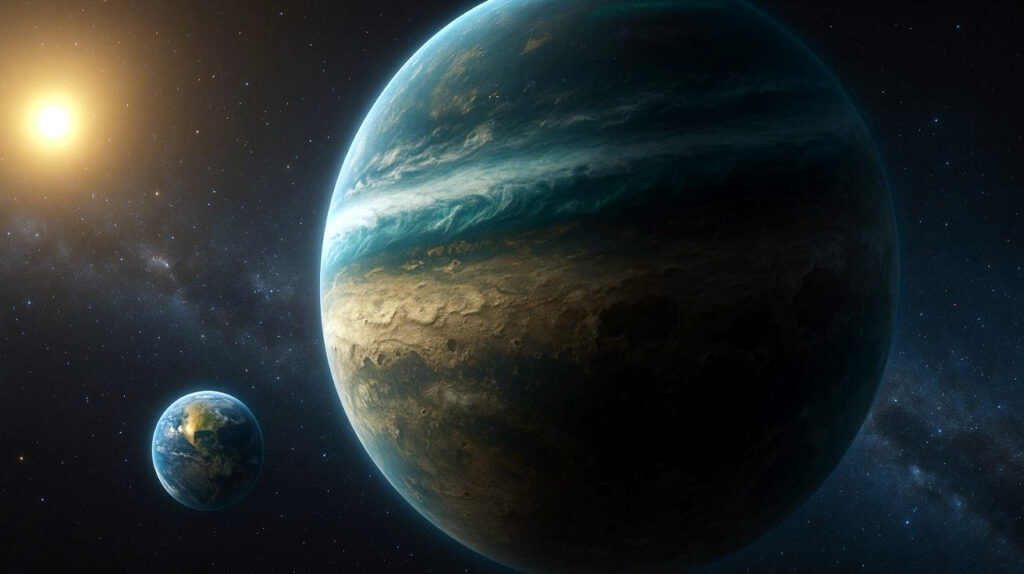
In a breakthrough that fuels hopes of discovering extraterrestrial life, scientists from China have unveiled a potentially habitable planet named Kepler-725c. Located around 2,400 light-years from Earth, this newly identified Super-Earth sits in the habitable zone of a Sun-like star—offering the tantalizing possibility of Earth-like conditions far beyond our solar system.
What Makes Kepler-725c Stand Out?
Kepler-725c isn’t just another exoplanet—it orbits its star at a distance where temperatures might allow liquid water to exist. Even more promising, the planet is believed to have a rocky surface, similar to Earth’s terrain. This combination of water and solid ground is key in the potential for carbon-based life to evolve.
It completes an orbit in 207.5 Earth days, making its year much shorter than ours. Adding another layer of intrigue, the host star is relatively young—just 1.6 billion years old—compared to our Sun’s 4.6 billion years, indicating a different evolutionary timeline.
A Revolutionary Technique Behind the Discovery
Researchers at the Chinese Academy of Sciences made this exciting discovery using an advanced method known as Transit Timing Variation (TTV). Rather than detecting a planet directly, this technique observes slight delays in the orbit of known planets—caused by gravitational interactions with neighboring, unseen planets.
In this instance, anomalies in the orbital time of a different planet suggested the existence of a secret companion. Kepler-725c was verified following additional investigation, making it a strong contender for additional research.
A Super-Earth: What Is It?
A Super-Earth is not necessarily a utopia, despite its stunning moniker. It simply describes a planet that is smaller than gas giants like Uranus or Neptune but larger than Earth. Rock, gas, or a combination of the two could make up these planets. Their diversity—some may be completely submerged under oceans, some may be arid, and some may contain the necessary components for life—is what makes them so intriguing.
Scientists Offer Their Opinions
“The possibility of carbon-based life similar to that on Earth is suggested by a super-Earth situated in the habitable zone of a Sun-like star,” the researchers wrote. As an alternative to dry land, they suggest that Kepler-725c might be a “volatile-dominated water world” that is encircled by enormous oceans.
The discovery puts us one step closer to discovering another Earth, or at the absolute least, a planet that might support life as we know it, even if there is currently no proof of life.
Why This Matters
This discovery highlights the rapid progress in planet-hunting technologies and the growing precision in identifying exoplanets. With tools like TTV and next-generation telescopes, humanity is pushing the boundaries of space science, inching ever closer to solving one of our greatest mysteries: Are we alone in the universe?
